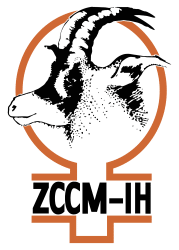THE Copperbelt Energy Corporation (CEC) is to commercialise its biodiesel plant after approval from Zambia Bureau of Standards (ZABS).
ZABS has issued CEC with a product and process certification which demands a number of documentation such as standard operating procedures, quality manuals, and policies, among others.
According to a statement availed to the Daily Mail on Friday by the CEC renewables department, the move by the corporation is a major step in product quality assurance to all customers as it will increase market share.
On January 15, the CEC renewables unit made an official application for ZABS product and process certification to the local and international standard of biodiesel defined as mono-alkyl esters of long chain fatty acids derived from vegetable oils or animal fats for use in diesel engines. Biodiesel refers to the pure fuel before blending with diesel fuel.
“In its efforts to commercialise, the biodiesel plant sought to get product and process certification from the ZABS.
“Conformance to the local and international standards has many benefits such as winning consumer confidence in the certified products resulting into increased market share and consumers’ ability to identify the products that conform to quality standards thus making quick decisions in favour of quality products,” the statement reads.
It says once certified by the bureau, the biodiesel product is presented with a better image in both national and international markets resulting into mutual recognition schemes where countries recognise each other’s products thus easing entry into regional and foreign markets.
Other advantages include: easy acceptance and promotion of new products in the markets and safeguarding the image and reputation of the manufacturer.
The certification scheme provides a technical audit of product quality and process control procedures, and that the manufacturer gets technical advisory services and information at little or no cost that will otherwise be obtained at very high cost.
On March 2, ZABS officials went for their first audit of the renewables unit to begin the certification process.
Source: Daily Mail



